Undergraduate Majors
Undergraduate students seeking bachelor’s degrees at public four-year institutions were more likely than those in other sectors to be enrolled in STEM fields (25.6 percent), and less likely than those in other sectors to be in business (18.0 percent) or health care (10.5 percent) programs. A greater proportion of Asian and international students were enrolled in STEM programs than any other group, while American Indian or Alaska Native and Black or African American students were more likely to be enrolled in other applied fields.
At private nonprofit four-year institutions, undergraduate students seeking a bachelor’s degree were less likely than those at public institutions to be pursuing degrees in STEM fields (19.0 percent versus 25.6 percent); they were more likely to be pursuing degrees in business (20.5 percent versus 18.0 percent) and health care fields (13.1 percent versus 10.5 percent).
Report Links
Race and Ethnicity in Higher Education: A Status Report
Chapter Three: Enrollment in Undergraduate Education
Chapter Three Report Download (PDF) 3.2 MB
Chapter Three Data Tables Download (XLSX) 93 KB
Source
U.S. Department of Education, National Postsecondary Student Aid Study, 2016
Notes:
Institutions were categorized into sectors based upon control of the institution and the length of the predominant award granted.
STEM fields include biological and physical science, science technology, math, agriculture, computer and information sciences, and engineering and engineering technology.
General studies and other programs include fields such as liberal arts and sciences, interpersonal and social skills, personal awareness and self-improvement, and multi- or interdisciplinary studies, among others.
Other applied fields for bachelor’s degrees include personal and consumer services; manufacturing, construction, and repair and transportation; military technology and protective services; architecture; communications; public administration and human services; design and applied arts; law and legal studies; library sciences; and theology and religious vocations.
Majors of Bachelor’s Degree-Seeking Students at Public Four-Year Institutions, by Race and Ethnicity: 2016
Data for American Indian or Alaska Native students enrolled in STEM, business, education, health care fields, and general studies should be interpreted with caution. Ratio of standard error to estimate is >30 percent but <50 percent.
Data for Native Hawaiian or other Pacific Islander students enrolled in STEM, business, health care fields, social sciences, humanities, and other applied fields should be interpreted with caution. Ratio of standard error to estimate is >30 percent but <50 percent.
Data for Asian students enrolled in undecided fields should be interpreted with caution. Ratio of standard error to estimate is >30 percent but <50 percent.
Data for international students enrolled in education should be interpreted with caution. Ratio of standard error to estimate is >30 percent but <50 percent.
Data for American Indian or Alaska Native students enrolled in humanities should be interpreted with caution. Ratio of standard error is >50 percent.
Data is unreliable or estimate has been suppressed for Native Hawaiian or other Pacific Islander students enrolled in education and general studies.
Data is unreliable or estimate has been suppressed for American Indian or Alaska Native, Native Hawaiian or other Pacific Islander, and international students in undecided fields.
Majors of Bachelor’s Degree-Seeking Students at Private Nonprofit Four-Year Institutions, by Race and Ethnicity: 2016
Data for American Indian or Alaska Native students enrolled in business should be interpreted with caution. Ratio of standard error to estimate is >30 percent but <50 percent.
Data for Asian, Black, Hispanic, and international students enrolled in undecided fields should be interpreted with caution. Ratio of standard error to estimate is >30 percent but <50 percent.
Data for more than one race students enrolled in education, and general studies and other fields should be interpreted with caution. Ratio of standard error to estimate is >30 percent but <50 percent.
Data for American Indian or Alaska Native students enrolled in STEM, education, health care fields, humanities, social sciences, and other applied fields should be interpreted with caution. Ratio of standard error is >50 percent.
Data for international students enrolled in health care fields should be interpreted with caution. Ratio of standard error to estimate is >30 percent but <50 percent.
Data for international students enrolled in education should be interpreted with caution. Ratio of standard error is >50 percent.
Data is unreliable or estimate has been suppressed for American Indian or Alaska Native students in general studies and other fields.
Data is unreliable or estimate has been suppressed for Native Hawaiian or other Pacific Islander students across all fields.
